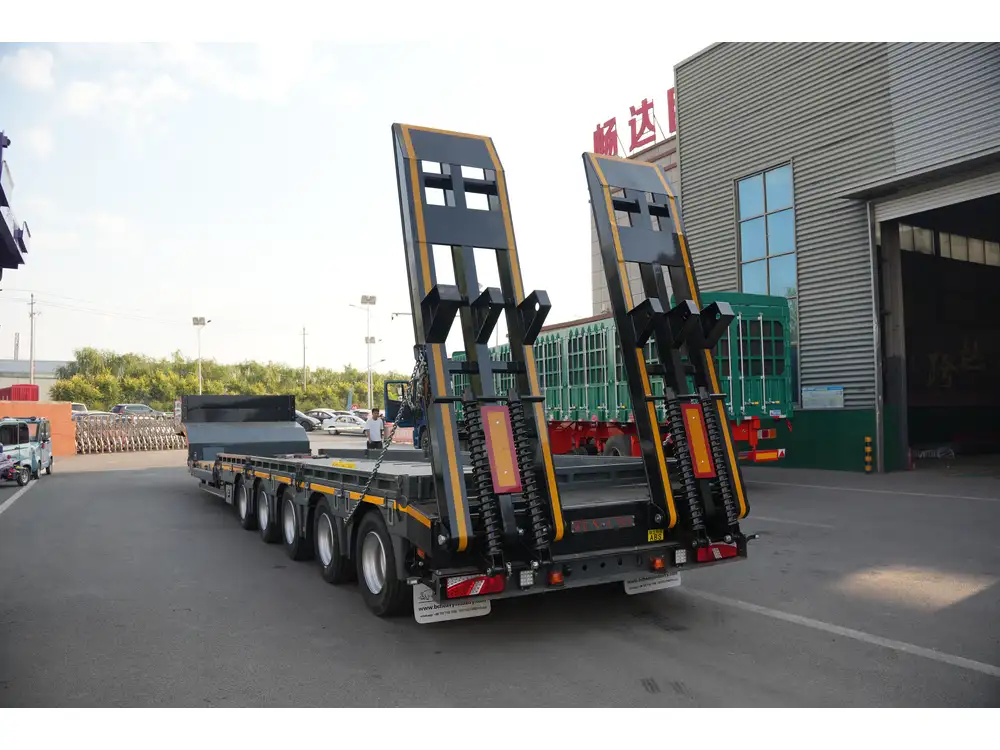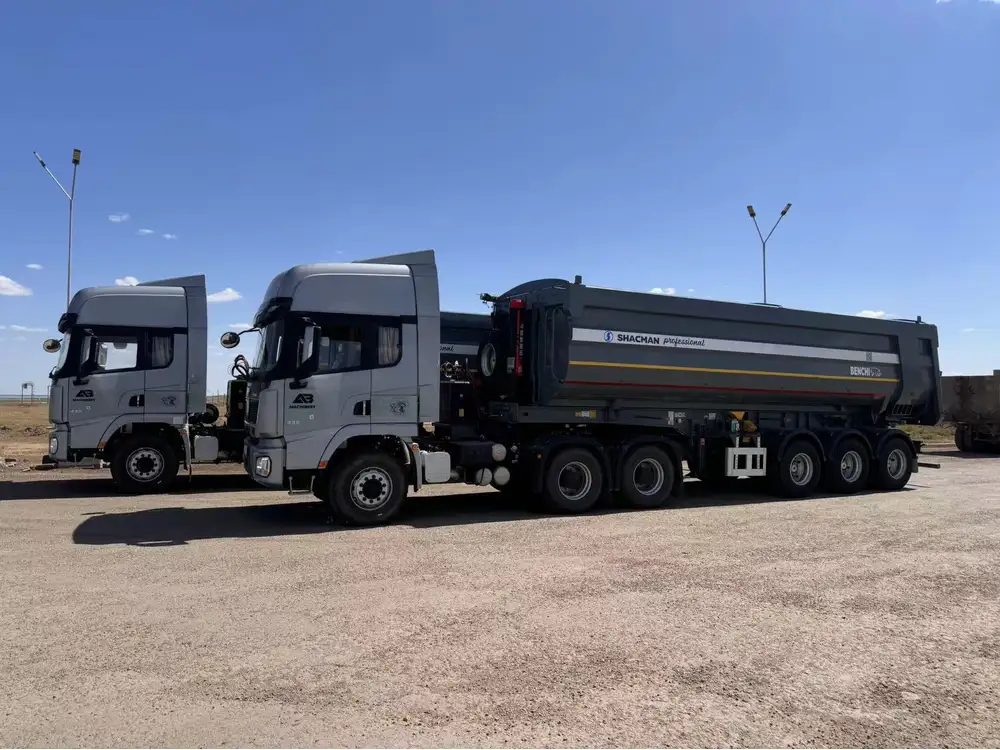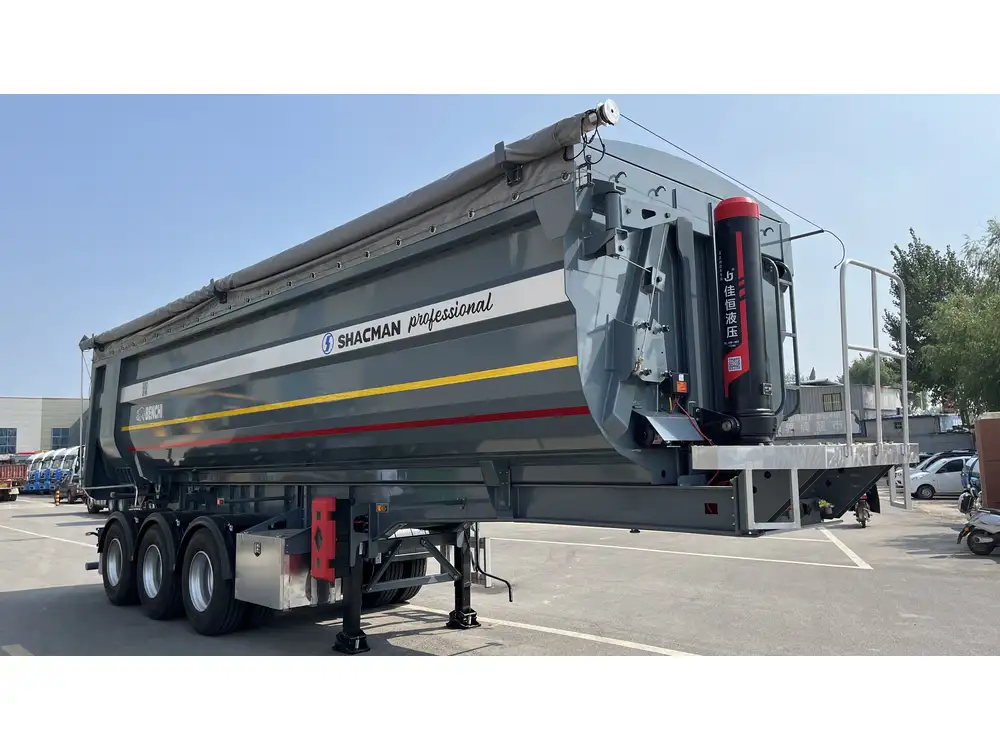Creating a septic system for a travel trailer can seem daunting, but with the right information and approach, it becomes a manageable and rewarding endeavor. This guide will provide extensive insights into the design, construction, maintenance, and regulations surrounding septic tanks for travel trailers, ensuring you have the knowledge to execute this project effectively.
Understanding the Basics of Septic Systems
What is a Septic Tank?
A septic tank is an underground chamber made of concrete, fiberglass, or plastic. It treats wastewater from household plumbing through a method of biological decomposition and draining. A well-designed septic tank system functions effectively to process waste, ensuring environmental safety and sanitation.

Why Have a Septic Tank for a Travel Trailer?
Travel trailers provide a great way to enjoy the outdoors without sacrificing the comforts of home. However, managing waste in these mobile units presents unique challenges. Having a dedicated septic system not only improves waste management but also enhances your camping experience by:
- Reducing the need for frequent trips to public dump stations.
- Providing a more comfortable and hygienic living environment.
- Complying with local regulations.
Planning Your Septic Tank: Essential Considerations
Determine Wastewater Needs
Understanding the volume of wastewater produced in your travel trailer is crucial for designing an efficient septic tank system. A small trailer typically generates a lower volume of waste compared to larger models. Here’s a quick breakdown:
| Trailer Size | Daily Water Use | Septic Tank Capacity |
|---|---|---|
| Small (1-2 people) | 30-40 gallons | 500-750 gallons |
| Medium (3-4 people) | 50-60 gallons | 750-1000 gallons |
| Large (5+ people) | 70-100 gallons | 1000-1500 gallons |

Local Regulations and Permits
Before diving into construction, research local regulations regarding septic systems for travel trailers. Most areas have specific guidelines, including:
- Permitting processes.
- Minimum distance from water sources.
- Required materials and construction standards.
Consult local authorities or a professional contractor to ensure compliance.
Site Assessment
Conduct a site assessment to evaluate your location’s soil composition and drainage capabilities. Proper soil conditions are critical to prevent groundwater contamination and ensure effective waste treatment.
- Soil Types: Sandy soils drain quickly but may reduce nitrogen treatment; clay soils hold water longer, which may lead to backups.
- Percolation Tests: These tests determine how well water drains through the soil, guiding you in choosing the appropriate system size and type.
Designing Your Septic Tank System

Components of a Septic System
To create an effective septic tank for your travel trailer, familiarize yourself with the following components:
- Septic Tank: The main storage unit where solid waste settles.
- Leach Field: A system of buried perforated pipes where effluent is distributed and further treated.
- Distribution Box: Distributes the effluent from the septic tank to the leach field evenly.
- Vent Pipe: Allows gases from the septic process to escape safely.
Septic Tank Design Options
1. Conventional Septic Systems
Consists of a septic tank and a leach field. Ideal for permanent installations but can be cumbersome for travel trailers.
2. Portable/Above Ground Tanks
For those who frequently change locations, portable tanks can be emptied easily at designated sites. They can be temporarily used for septic purposes on a trip.
3. Composting Toilets
Alternate waste solutions that use aerobic microorganisms, composting toilets convert waste into compostable material, reducing the need for traditional septic systems.
Constructing Your Septic Tank: Step-by-Step Guide

Gather Required Materials and Tools
To build your septic system, gather the essential materials:
- Septic Tank: Choose a polymer or concrete tank based on your needs.
- PVC Pipes: For connecting septic tanks to the leach field.
- Gravel: To layer the leach field.
- Rocks/Stone: For tank cover and drainage.
Tools needed might include:
- Shovel and Hoe
- Leveling Stakes
- Measuring Tape
- Drill
Step 1: Digging the Hole
Begin by marking the locations of the tank and leach field. Using your shovel, dig a pit for your septic tank, ensuring it is level.
Step 2: Installing the Septic Tank
Lower your septic tank into the hole. Make sure it’s level and properly aligned with the plumbing from your trailer. Connect the inlet and outlet pipes securely.

Step 3: Creating the Leach Field
Plan and dig trenches for the leach field. Lay about 6-12 inches of gravel at the bottom and place perforated pipes (slotted pipes) on top. Ensure they connect back to the septic tank’s outlet.
Step 4: Backfilling
Carefully backfill around the septic tank and leach field with graveled soil. Ensure that the system is adequately covered, yet avoid burying it too deep, potentially harming drainage.
Step 5: Finishing Touches
Install the vent pipe at the highest point of the tank to allow for proper airflow, keeping odors at bay. Finally, ensure that the ground is re-sodded and levelled around the setup, maintaining a clean appearance.

Maintenance of Your Septic Tank System
Routine Inspection
Regular inspections are crucial for ensuring the longevity and effectiveness of your septic tank system. Check for leaks, signs of saturation, and functioning of the venting system.
Pumping the Septic Tank
To maintain optimal performance, consider pumping your septic tank every 1-3 years, depending on usage. Regular pumping helps:
- Prevent sludge buildup.
- Reduce odors.
- Improve system efficiency.

Waste Disposal Practices
Educate yourself on what can and cannot go down the drains of your trailer. Avoid flushing:
- Non-biodegradable items.
- Chemicals and solvents.
- High grease and oil materials.
Troubleshooting Common Problems
- Slow Draining: May indicate a clog in the pipes or tank.
- Unpleasant Odors: Could signify a full tank or vent obstruction.
- Ponding Water: Points toward a failed leach field or tank.
Each issue requires immediate attention to prevent further complications.
Conclusion
Building a septic tank for a travel trailer is not merely a project—it’s a commitment to sustainable and responsible camping. With careful planning, adherence to regulations, and regular maintenance, you can enjoy the freedom and comfort of traveling without the burden of waste management issues.
By implementing the steps outlined in this guide, not only will your travel experience be enhanced, but you will also contribute to a healthier environment. Embrace the adventure—create a septic solution that’s tailored to your lifestyle, supporting your travels for years to come.



